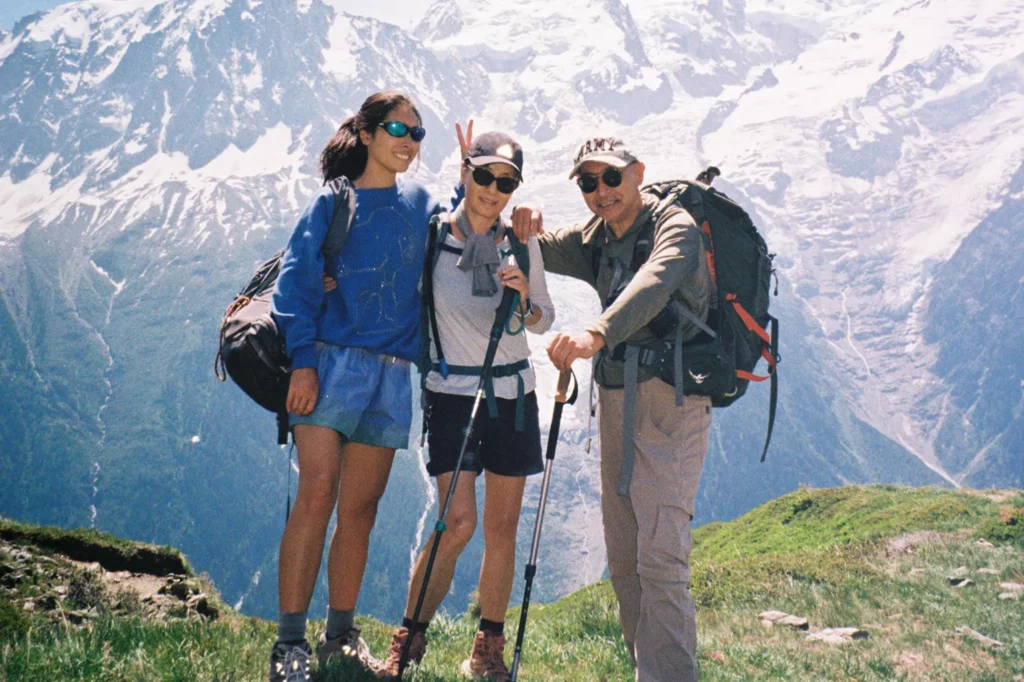
Kayaking, a water sport that has captivated adventure enthusiasts for centuries, involves navigating water bodies using a kayak. Originating from indigenous Arctic cultures, kayaking has evolved into a diverse and popular recreational activity worldwide. Whether gliding through serene lakes or conquering raging rivers, kayaking offers a unique blend of tranquility and thrill that appeals to people of all ages.
Types of Kayaking
- Recreational KayakingRecreational kayaking caters to beginners and those seeking a leisurely experience. Lakes and slow-moving rivers become playgrounds for individuals who enjoy the simplicity of paddling while surrounded by nature’s beauty.
- Whitewater KayakingFor the adrenaline junkies, whitewater kayaking provides an exhilarating challenge. Negotiating turbulent rapids demands skill and precision, making it a favorite among thrill-seekers.
- Sea KayakingSea kayaking involves exploring coastal waters, providing a unique perspective of marine life and landscapes. This type of kayaking often appeals to those seeking longer expeditions and a connection with the open sea.
Choosing the Right Kayak
Selecting the right kayak is crucial for a fulfilling experience. Factors such as water type, skill level, and intended use influence the choice. From sit-on-top kayaks for beginners to sleek touring kayaks for longer trips, the options are vast.
Essential Gear for Kayaking
- Paddle SelectionPaddles come in various designs, each serving a specific purpose. The right paddle enhances efficiency and reduces fatigue, ensuring an enjoyable outing.
- Safety EquipmentLife jackets, helmets, and first aid kits are non-negotiable safety items. Understanding and respecting water conditions contribute to a secure kayaking experience.
Basic Kayaking Techniques
- Paddling StrokesMastering essential paddling strokes is fundamental. Techniques like forward stroke, sweep stroke, and draw stroke allow precise control and efficient movement.
- Turning and ManeuveringLearning to navigate effectively involves understanding turning techniques. Edging, bracing, and using the kayak’s shape contribute to smooth maneuvers.
Safety Measures in Kayaking
- Importance of Life JacketsWearing a life jacket is not just a rule; it’s a lifeline. It keeps kayakers afloat and provides added confidence, especially in unpredictable water conditions.
- Weather AwarenessKayakers must stay vigilant about weather changes. Sudden storms can pose serious threats, emphasizing the need for weather monitoring and preparedness.
Top Kayaking Destinations
- Scenic Rivers and LakesFrom the peaceful waters of Lake Tahoe to the meandering rivers of the Amazon, countless destinations offer breathtaking scenery for kayaking enthusiasts.
- Thrilling Whitewater LocationsRivers like the Colorado and Zambezi present challenges for experienced kayakers, with their roaring rapids and adrenaline-pumping drops.
Benefits of Kayaking
- Physical FitnessKayaking provides an excellent full-body workout, enhancing cardiovascular health, muscle strength, and endurance.
- Mental Well-beingThe rhythmic motion of paddling, coupled with the tranquility of water, creates a meditative experience that promotes mental well-being.
Community and Kayaking
- Clubs and EventsJoining kayaking clubs and participating in events not only enhances skills but also fosters a sense of community among enthusiasts.
- Social Aspect of KayakingShared experiences on the water create lasting bonds, turning kayaking into a social activity that extends beyond the paddling itself.
Environmental Considerations
- Leave No Trace PrinciplesKayakers are urged to follow “Leave No Trace” principles, respecting nature and minimizing their impact on the environment.
- Eco-Friendly PracticesAdopting eco-friendly gear and practices contributes to the conservation of water bodies and their ecosystems.
Kayaking for All Ages
- Family-Friendly ActivitiesKayaking is an inclusive activity for families, providing an opportunity for bonding and shared adventures.
- Senior KayakingSeniors find joy in kayaking, as it offers a low-impact exercise and an avenue for exploring nature at a comfortable pace.
Overcoming Challenges in Kayaking
- Facing FearOvercoming the fear of capsizing or navigating challenging waters is part of the personal growth that comes with kayaking.
- Developing SkillsProgressing from basic strokes to advanced techniques requires practice, patience, and a willingness to learn.
Advanced Kayaking Techniques
- Eskimo RollThe Eskimo roll is a crucial skill for whitewater kayakers, enabling them to right themselves after capsizing in turbulent waters.
- Surfing in a KayakAdvanced kayakers often take their skills to the ocean, surfing waves in specially designed kayaks.
Kayaking and Wildlife
- Wildlife EncountersKayaking provides a unique opportunity to observe wildlife up close. From turtles sunbathing to eagles soaring, nature comes to life on the water.
- Responsible ObservationsRespecting wildlife habitats and maintaining a safe distance ensures a positive coexistence between kayakers and the creatures they encounter.
Conclusion
In conclusion, kayaking transcends being a mere sport; it’s a journey of self-discovery and connection with nature. Whether you seek the serenity of a quiet lake or the excitement of challenging rapids, kayaking offers a diverse

